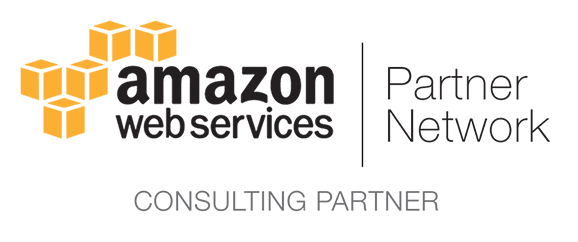If you’re at the helm of a Learning Management System (LMS), you may be curious about how to supercharge its power and efficiency.
One of the most effective strategies?
Integrating your LMS with other business systems. But what does that entail, and why is it crucial?
Let’s jump into the best practices and benefits of this game-changing integration!
Why Integrate Your LMS?
First off, let’s talk about why integrating your LMS with other systems is a game-changer.
Think of your LMS as the hub of your training efforts. When it’s connected to other tools—like your Human Resources Information System (HRIS), Customer Relationship Management (CRM), or even your project management software—it can streamline processes, improve data accuracy, and enhance user experience.
Benefits of Integration
Improved Data Accuracy:
When systems talk to each other, you reduce the chances of data entry errors. For instance, if an employee completes a training course, that information can automatically update in your HR system, ensuring everything is in sync.
Enhanced Reporting:
Integrated systems allow for more comprehensive reporting. You can easily pull data from different sources to get a holistic view of training effectiveness, employee progress, and even customer satisfaction.
Streamlined User Experience:
Imagine a seamless experience for your users! By integrating your LMS with other systems, learners can access everything they need in one place, whether it’s training modules or performance metrics.
Increased Engagement:
When your LMS is connected to a CRM, for example, you can tailor training based on customer interactions, making the learning experience more relevant and engaging for employees.
Best Practices for Integration
Now that we’ve covered the benefits, let’s dive into some best practices for integrating your LMS with other business systems.
1. Identify Key Systems
Start by identifying which systems will be most beneficial to integrate with your LMS.
Common candidates include:
HRIS: For managing employee records and tracking training compliance.
CRM: To provide customer-facing teams with relevant training based on customer interactions.
Project Management Tools: For training related to specific projects or workflows.
2. Define Clear Objectives
Before you jump into the technical side of things, outline your goals for integration.
What do you hope to achieve? This could be anything from reducing administrative overhead to improving learner engagement. Having clear objectives will guide your integration efforts.
3. Choose the Right Integration Method
There are several ways to integrate systems, including:
API Integration:
Many modern LMS platforms offer APIs (Application Programming Interfaces) that allow for seamless data exchange between systems. If you have a tech-savvy team, this can be a powerful option.
Middleware Solutions:
These act as a bridge between systems, helping them communicate without extensive coding. Tools like Zapier or Mulesoft can simplify this process.
Vendor Partnerships:
Some LMS providers have partnerships with other software vendors for pre-built integrations. Check if your LMS has these options available.
4. Focus on Data Mapping
When integrating, pay close attention to how data will flow between systems. This involves mapping out which fields from your LMS correspond to those in your other systems. Proper data mapping ensures accuracy and prevents confusion later on.
5. Test and Iterate
Once your integration is set up, don’t forget to test it thoroughly! Make sure data flows as expected and that users can easily navigate between systems. Gather feedback from your team and be prepared to make adjustments as necessary.
6. Provide Training and Support
Lastly, educate your team on how to use the integrated systems. Offering training sessions and resources will ensure everyone is comfortable navigating the new setup and can make the most of the enhanced features.
Final Thoughts
Integrating your LMS with other business systems is a powerful way to enhance your e-learning initiatives. With improved data accuracy, streamlined reporting, and an engaging user experience, you can elevate your training programs to new heights.
So, are you ready to take the plunge into integration?
What systems are you considering connecting to your LMS?
Let’s chat in the comments below! Happy integrating!






